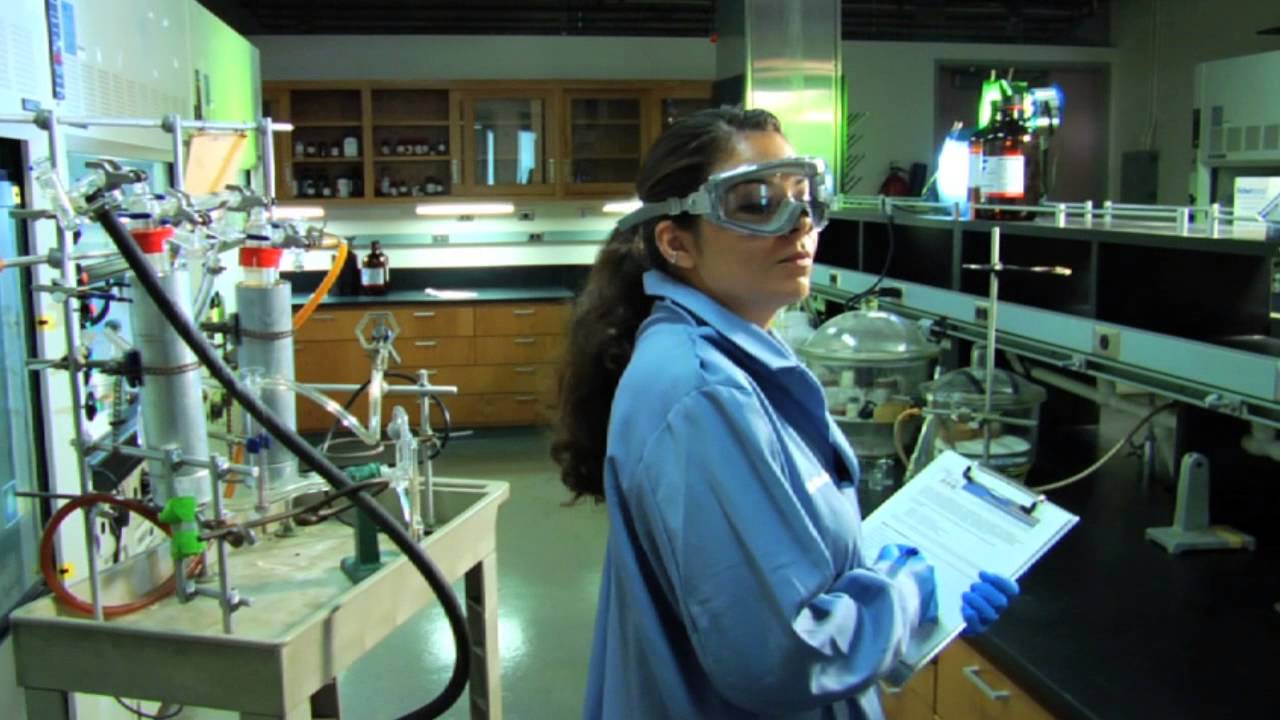How to write a lab report
Lab Report
- Written scientific method that illustrates how experiments were done
- Experimental techniques are powerful tools that provide the supporting evidence of the scientific statements
- Many experiments in biology take long time training and money.
- Interpreting how experiments were done is a very critical step in science, because this process is essential to validate scientific data and hypothesis
- High-end laboratory techniques and well-designed experiments will help to find cures for life threatening disease or unknown diseases
Hypothesis vs. Theory
Hypothesis is the statement of an idea that has not been proven or tested in a limited situation: Educated guess Theory is the statements of facts which are the result of the repetitively testing hypotheses in multiple situations Fact is the statement of observation Scientists observe “facts”, and think about the causal relationship, “hypothesis”, and provide evidence by testing “hypothesis”. If hypothesis is proved in multiple situations, the statements becomes “theory”
Example of finding a new human disease and treatment (HIV/AIDS)
Facts
- In June of 1981 in USA, first published two patients death due to an unrecognized deadly illness.
- The two health patients had contracted Pneumocystis pneumonia, a serious infection to individuals who are severely immunosuppressed.
- Laboratory testing of isolates defects in cellular immunity, including abnormally low T cell counts, and abnormal T cell function.
- Mortality rate was very high and number of patients was increasing over time; 26 patients In July 1982, 159 patients in January 1982, all men, homosexual.
- In September of 1982, the new infectious illness, termed AIDS
- The first human retroviruses were discovered in T cells of leukemia patients, abnormal T cell replication.
Hypothesis
Scientists hypothesized that a retrovirus (“hypothesis”) that infects T cells, could be the infectious agent of AIDS.
Evidence by Experimental techniques
- in vitro culture system to detect reverse transcriptase, an enzyme specific for retroviruses
- Electron microscopy
- This virus named as HIV-1
- Many other groups showing an association of HIV-1 with AIDS, suggesting a causal link.
- HIV “theory”
Diagnosis
- HIV is diagnosed with blood or saliva for antibodies to the virus.
Treatments
- There are no cure for HIV/AIDS.
- But many different drugs to control the virus:
- Non-nucleoside reverse transcriptase inhibitors, Entry or fusion inhibitors, integrase inhibitors
Why Lab Report?
- A concrete and accurate representation of an experiment.
- The success of any experiment is very low and takes a long time and money.
- Your experiment is adapted from published journal papers i.e. other scientists.
- Repeating or modifying of your experiment is normal.
- Collaboration
- There are too many steps that can go wrong, i.e. human error, machine settings, unknown biological factors etc.
- Recording each step is very important for yourself, your future self and other people
What to include in the lab report?
- Title and the dates of the experiment
- Hypothesis and collaborators
- Reference and outcome
- Safety Concerns
- Materials
- Experimental Procedure
- Data
- Conclusion

Flair: Science
Collection: Biology Crash Course
